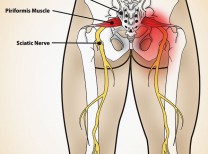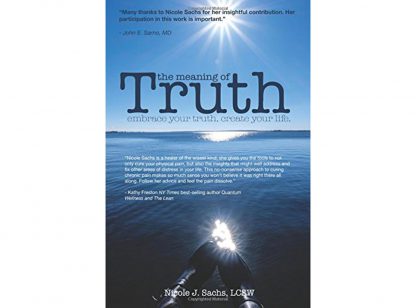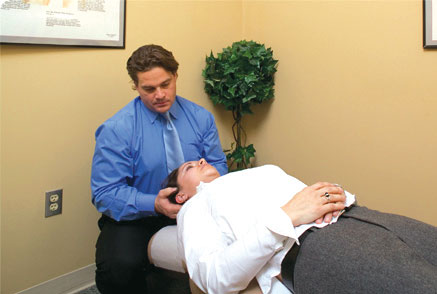Fascia is the soft tissue component of the connective tissue system that permeates the human body. An integral part of the musculoskeletal system, fascia forms a whole-body, continuous, 3D matrix of structural support that also penetrates and surrounds all of the body’s vital organs, providing an ongoing physiological support for the body’s metabolically active systems.
There is evidence of a relationship between acupuncture points and meridians, and fascia supported by body scan data demonstrating that the fascia network resembles the meridian system of Traditional Chinese Medicine (TCM) in salient ways, as well as physiological, histological, and clinical observations. These mysterious “acupuncture meridians,” the lines or tracks connecting acupuncture points, are often located along connective-tissue planes between muscles, or between muscle and bone.
In the view of TCM, optimal health
requires an unencumbered flow of energy through the meridians. If the fascia network is indeed the physical substrate of the meridians, there are important implications that the fasciae should receive greater attention in both diagnostics and treatment.
When acupuncture needles are rotated, the loose connective tissue under the skin becomes mechanically attached to the needle like spaghetti winding around a fork. This causes the surrounding tissue to become stretched, inducing the creation of fibroblasts, a type of cell that synthesizes the extracellular matrix and collagen, maintains the structural integrity of connective tissues, and assists in the healing process. That a twisted acupuncture needle creates a localized stretch can be observed as a “tenting” of the skin and the resistance to withdrawal that the acupuncturist can feel as the needle is pulled out.
Pain is difficult to manage because often there are no detectable abnormalities so the source of the pain is unknown. For low back pain (and other locations of pain), we are beginning to realize the possibility that the pain is arising from the non-specialized connective tissues on either side of the spine. It has been found that the fasciae that surround the muscles of the back are generally thicker in people with chronic low back pain.
Fasciae are composed of alternating layers of tightly woven load bearing dense fibers and loose tissue which allows the adjacent dense layers to glide past one another. The thickened fasciae show a decreased gliding motion of the dense layers, which may account for the decreased mobility and pain.
Indeed, researchers found in 2008 that connective tissues contain sensory nerve endings that can transmit pain when these tissues are stretched in the presence of inflammation.
Therapies such as acupuncture, specialized fascial stretch therapy, and myofascial release focus on connective tissue stretching are used as treatments for musculoskeletal pain, even in the absence of an obvious past injury or scarring. Some forms of acupuncture and manual movement-based therapies work under the collective assumption that connective-tissue pathology lies at the source of musculoskeletal pain, and that it can be improved with these treatments. These modalities not only can treat pain, but aid in improving overall health, flexibility and vitality.
Diane Sheppard is owner of AcQpoint Wellness Center in La Quinta. She is a licensed acupuncturist with a Ph.D. in Oriental Medicine and can be reached at
(760) 775.7900. www.AcQPoint.com.
Sources: 1) http://www.the-scientist.com/?articles.view/articleNo/35301/title/The-Science-of-Stretch/; 2) H.M. Langevin et al., “Biomechanical response to acupuncture needling in humans,” J Appl Physiol, 91:2471-78, 2001.; 3) H.M. Langevin et al., “Ultrasound evidence of altered lumbar connective tissue structure in human subjects with chronic low back pain,” BMC Musculoskelet Disord, 10:151, 2009.; 4) Fascia and the mechanism of acupuncture. Finando S, Finando D.; 5) J Bodyw Mov Ther. 2011 Apr;15(2):168-76. doi: 10.1016/j.jbmt.2010.03.001.













































Comments (0)